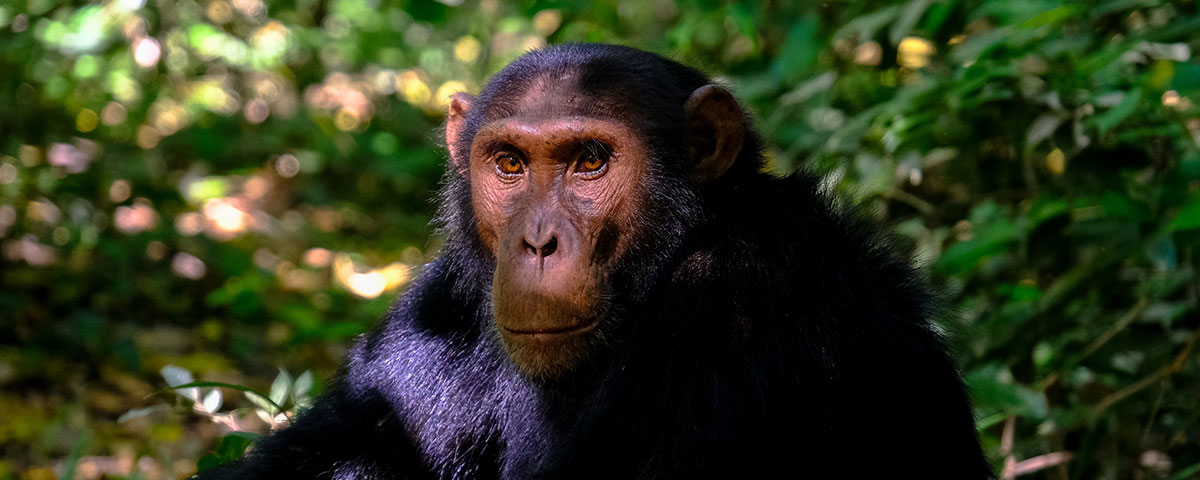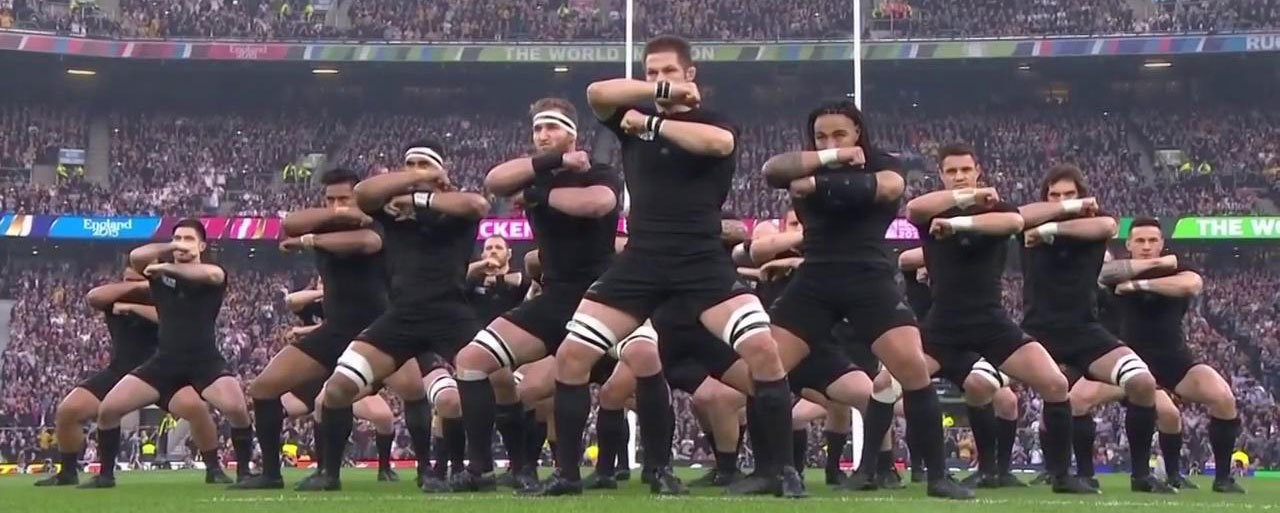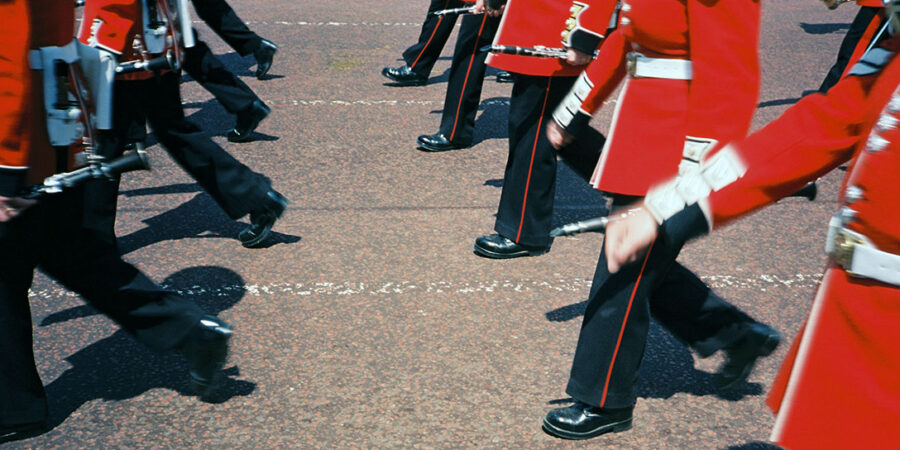From chimps to champs, the savage power of synchronicity
Science often beats to the tune of evolutionary history. Humans share a common ancestor with apes such as chimpanzees and bonobos. Evolutionary biology always finds a way to finagle itself into modern biological processes, including thinking. This isn’t fantasy but fidelity—cellular experiences that becomes more than conceptual.

Years ago, scientists studying SIV (Simian Immunodeficiency Virus) discovered that chimpanzees had hunted and devoured two smaller species of monkeys – red-capped mangabeys and greater spot-nosed monkeys. These smaller monkeys infected these chimps with two different strains of a virus that combined to form a third virus. As human hunters in turn killed and ate chimps, blood and body fluids were exchanged via wounds or unsafe consumption of this bush meat, an almost karmic virus took hold in humans and became the HIV pandemic—that has infected 75 million people and killed over 30 million worldwide.
Reading the above, it may surprise us that chimpanzees exhibit aggressive behaviour towards other monkeys. In fact, Michael Wilson, of the University of Minnesota, who led a 54-year study into chimps feels that coordinated aggression is innate to chimpanzees and is not linked to human interference or encroachmen studies on chimpanzees and bonobos—both apes that share a common ancestor with us humans—researchers found that chimpanzees exhibited 152 killings, including 58 that the scientists had observed, 41 inferred and 53 suspected killings in 15 communities. Bonobos, in contrast, had only one suspected killing –- and even that could not be corroborated by eyewitnesses. As it happens in human cities, the larger the population density of a colony, the greater the occurrence of chimp crimes.
Chimpanzees and humans share more than a propensity for crime: synchronicity. When chimpanzees walk together, walkers tend to match the same respective foot of the other companion chimp. Guess how much time it takes—in 79% of the cases this synchronicity was achieved in less than 0.5 seconds!

Studies on synchronicity in humans demonstrate it exists subliminally as non-verbal communication. People with whom we have natural affinity or a favourable perception of tend to make us automatically walk more in step with them. A study from Tohoku University found that such concurrence of gait increased with age and decreased with autistic behaviour.
Marco Iacoboni, a psychiatrist at UCLA considers “mirror neurons” the key to understanding synchronicity. These cells are present in our motor cortex and are activated not only when we perform an action alongside others, but even when we see someone else making such a movement. Essentially, our brain reflects the other person’s brain and hence the name.
Another study from Nature Neuroscience showed that when basketball players observed videos of others taking free throws, athletes who played the game were far superior at picking successful throws better than even experienced coaches or sports writers who had potentially watched more games. Players differed in that they were able to predict outcomes before the ball was seen to leave other players’ hands, suggesting that their mirror neurons predicted the successful throws by reliving the body kinematics. Elite athletes’ brains have a greater ability to predict others’ actions in their sport prior to realization making such athletes appear to spectators as natural or effortless.
It turns out that that there is a dark side to this synchronicity: aggression and destructive obedience. A study in the Journal of Experimental Psychology showed that in-step groups of people performed better than out-of-step groups in tasks such as insect extermination, and were more likely to prefer torturous or noxious stimuli such as extremely loud music. Another study looked at people asked to kill bugs, and participants who walked in step with the instructor collected more than 50 percent more bugs than the control group.
The more trained the synchronicity is, the more aggressive the behaviour. Hence the goose-stepping army marches favoured by dictators and tyrants. After all, it takes greater skill and training for perfecting the goose-step—
especially the height of the leg raise. George Orwell’s Animal Farm and 1984 were masterpieces, testaments to his understanding of a dictator’s instinctual cunning. In The Lion and The Unicorn: Socialism and The English Genius, Orwell wrote:
“A military parade is really a kind of ritual dance, something like a ballet, expressing a certain philosophy of life. The goose-step, for instance, is one of the most horrible sights in the world, far more terrifying than a dive-bomber. It is simply an affirmation of naked power; contained in it, quite consciously and intentionally, is the vision of a boot crashing down on a face. Its ugliness is part of its essence, for what it is saying is “Yes, I am ugly, and you daren’t laugh at me”, like the bully who makes faces at his victim. Why is the goose-step not used in England? There are, heaven knows, plenty of army officers who would be only too glad to introduce some such thing. It is not used because the people in the street would laugh. Beyond a certain point, military display is only possible in countries where the common people dare not laugh at the army.”
We are all familiar with the Nazis’ and Russian armies demonstrating their frightening proficiency with the goose-step march. The goose-step march can be traced back in history to a Prussian military drill in the mid-18th century that was called the Stechschritt (literally, “piercing step”) or Stechmarsch (“step march”). In the recent past (2019), rather ominously the Hong Kong Disciplined Services adopted the Chinese People’s Liberation Army’s goose-step marching style to the surprise of many. Thematically, this choreography perhaps centred on the idea that tropes known to project power subconsciously succeed; any disquiet among citizens would die out in their embodiment of real-world fear.

The New Zealand rugby team, The All Blacks, boast one of the highest winning percentages of sports squads, having won almost 80 percent of their matches dating back to 1903. T The Haka is not something that is taken lightly. It is practised and rehearsed. More than a pre-match warmup, it’s in synchronicity that its power lies, especially in aggressive contact sports such as rugby.
I mentioned earlier the trial that demonstrated that synchronicity correlated with peoples’ prosocial or antisocial behaviour. What was interesting was that during task experiments, two participants in dyad were not allowed to communicate with each other by verbal or gestures. This meant that participants had to adjust their behaviours based on the feedback they received from others. Researchers are now interested in what makes our brains synchronise with each other. Complex tasks involve different regions of the brain, and scientists believe that this information transfer—phase synchronization—occurs when neural frequencies from different brain regions align. Such neural frequencies, or oscillations, are measured in cycles per second, or hertz (Hz), and can be measured by electroencephalography (EEG). It appears the more dangerous an activity is, the more the team neural oscillations need to be in sync to succeed. One study looking at inter-brain connectivity among commercial pilots and co-pilots found that pilots and co-pilots exhibited high levels of inter-brain connectivity during take-off and landing because these were tasks with more risk, but showed lower levels of synchronicity during the cruise phase of the flight.
I mentioned the All Black Haka earlier. In the last rugby world cup in Japan, the English rugby team faced the haka in a practised synchronised V-shaped arrow formation. England were reprimanded and fined. They didn’t care. They had won the match. Their coach, Eddie Jones, a wily Australian has now introduced mime training to the England team’s training sessions in an effort to improve his squad’s non-verbal communication, and reverse recent poor performances. Mime training has been used in American football’s NFL. It is also supposed to reduce player injuries by improving players’ anticipatory skills. However such mime training where players are not allowed to talk while they are perfecting certain skills has been shown to accelerate learning.
Tom Froese, a cognitive scientist from the Okinawa Institute of Science and Technology in Japan believes such findings on brain synchronicity upend existing theories about human consciousness, and validate the complex systems theory, where consciousness is thought to emerge from multiple interacting brain networks. Silent synchronicity can maximise our collective, improvising our conscious performance to face things that are daring or dangerous. As the first men on the moon wrote in First on the Moon: The Astronauts’ Own Story (1970, page 99): “The mass gross absence of sound in space is more than just silence”
Written By
Dr Sharad Paul
Dr Sharad Paul is an award winning, world renowned recognised skin-cancer expert and thought-leader.






